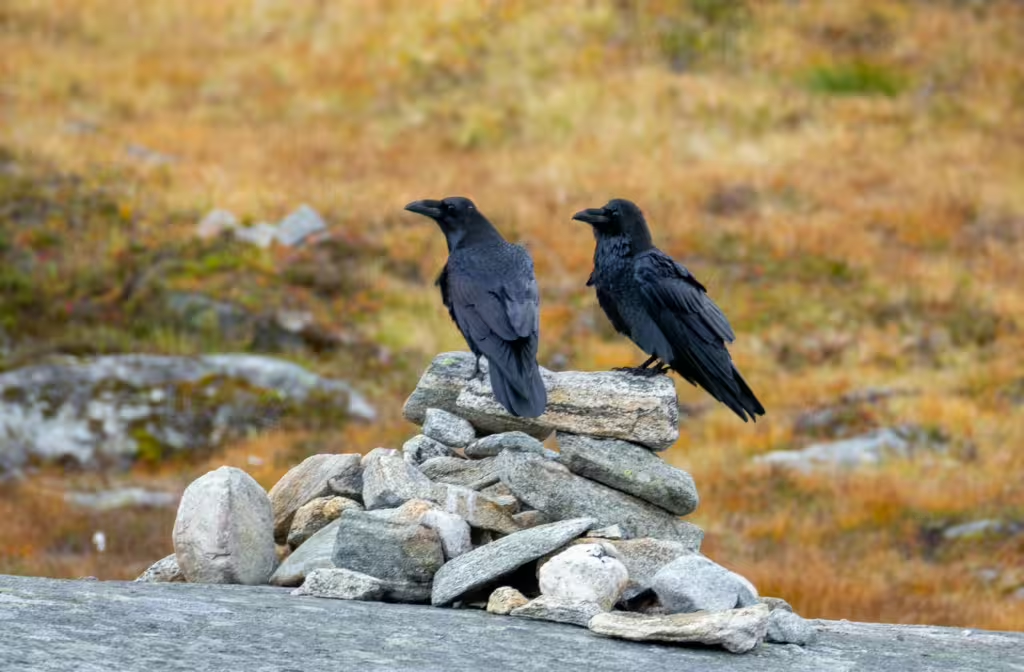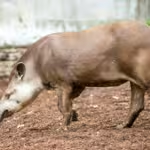Many of us find ourself captivated by the very idea of birds. Some of us are fascinate by their bright colorful feathers or the melodious calls they make, but most of us are drawn to birds for one, major reason; they can fly. Whether it is the soaring power of an albatross or the swooping talent of a raptor, the fact that birds can take to the skies at a moment’s notice have earned them a special place in our hearts.
As incredible as that flying ability is, however, the true wonder of birds lies in the path their evolution has taken to get them where they are today. The thing is, as far as they appear to have come from their terrestrial saurian ancestors, birds are still evolving. It’s true, according to many scientists birds are a remarkable example of evolution in action. Over the past few decades, we have found new evidence to support the idea that birds, like many living organisms, are constantly evolving in response to their environment.
Climate change, habitat loss, urbanization, and other human-related activities have spurred significant evolutionary changes in many bird species. Moreover, some of these changes are happening at an accelerated rate. In this article, we will discuss some of these incredibly evolutionary adaptations. We will explore the physical and behavioral alterations that birds have undergone while delving into the key factors that are bringing these changes about.
The Accelerating Pace of Evolution
In most cases, evolution happens over the course of many generations, often taking millions of years to see any real changes. Up until very recently, science understood this to be a gradual process that we could not witness in any sort of real time, but lately, evolutionary changes have actually been happening much more rapidly than we previously thought possible. There is evidence that some bird species have been evolving faster than expected and the belief is that this rapid change is due to the pressures exerted upon these animals by modern human activity.
In most previous cases, the assumption has always been that natural selection was responsible driving the evolution of a species. These days, however, it is likely the rate of environmental change presented by the modern world—driven by factors like climate change, pollution, and urbanization—which has ultimately led to these accelerated evolutionary responses.
Scientists have observed that some bird populations are constantly undergoing noticeable changes, often within just a few generations. The vast majority of these changes tend to be linked to survival strategies that help birds adapt to their rapidly changing environments. Some examples include birds that can cope with warmer temperatures, those that can handle altered food availability, and those that can evade or defend against new predators. In this perilous modern age, it is the birds that evince such changes that are more likely to survive and pass on their genes to the next generation. As a result, such traits are more apt to become prevalent within the species’ population.
Climate Change and Its Effects on Bird Evolution
One of the most significant drivers of change for birds today is climate change. Rising global temperatures, shifts in precipitation patterns, and more frequent extreme weather events are altering ecosystems in ways that birds must adapt to if they are to survive. These environmental shifts can affect everything from the availability of food to the timing of migration, prompting birds to evolve in response.
Physical Changes to Body Size and Plumage
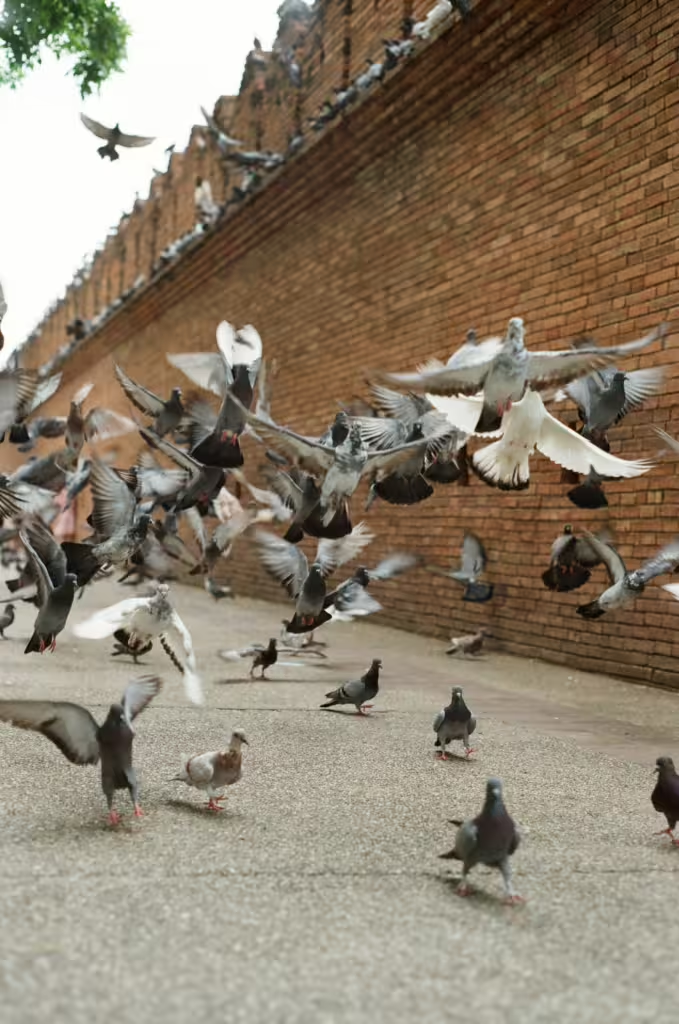
Perhaps one of the most notable example of rapid birds evolution due to climate change has to do with changes in physical morphology, namely body size and plumage. The theory is that a bird’s body size tends to decrease when the temperature rises. The science behind this is sound; smaller birds have a larger surface area relative to their body mass, which allows them to dissipate heat more efficiently in warmer climates. Modern research has shown that over the past few decades, some species, like the white-crowned sparrow, have actually become smaller in direct relation to the incremental rise in global temperatures across the board. These, now-smaller sparrows are better able to cope with the hotter conditions because they can regulate their body temperature more effectively.
The same is true for bird plumage, one of the main draws and aspects of being a bird. Some birds are altering the color and pattern of their feathers in response to the rising temperature changes. The prevailing understanding is that darker feathers absorb more heat, while lighter feathers reflect it, so as temperatures rise, birds that live in warmer regions may develop lighter plumage in order to stay cool. This adaptation is already evident the rock pigeon, which has seen its feather colors evolve in response to changes in the heat island effect, a phenomenon that is typically more severe in urban centers where the pigeon lives.
Shifts in Migration Patterns
Migration patterns represent a behavioral evolution rather than a morphological one, but they are just as important for the continued survival of many bird species. Climate change has already caused significant shifts in migration patterns for many migrating birds. As global temperatures rise, birds have either had to adjust the centuries’ old timing of their migrations in order to align with recent changes in seasonal weather and food availability. We have seen this firsthand in our own backyards, when Canada geese, who used to head south almost as soon as the wather turned, are sticking around for longer periods of time.
At the same time, some birds are arriving at their breeding grounds earlier in the spring, while others are lingering in their wintering grounds for longer periods. One instance involves barn swallows in North America, which have been observed migrating earlier in the spring and later in the fall, likely in response to longer, warmer seasons in formerly temperate regions.
As much as this seems like a good thing, these disruptive shifts in migration patterns is not always beneficial. Not every aspect of nature has managed to adapt in the same way, so earlier migration means that some birds may face food shortages when they arrive at their breeding grounds. The idea being, that if the timing of insect hatches or plant growth does not coincide with their arrival, there won’t be enough to support the huge swaths of birds when they land. At the same time, birds that remain in their wintering areas too long ultimately risk exposure to sudden colder temperatures if winter storms arrive unexpectedly. These mismatches between evolutionary changes to behavior and environmental changes has often led to negative effects on reproduction and survival rates across the board.
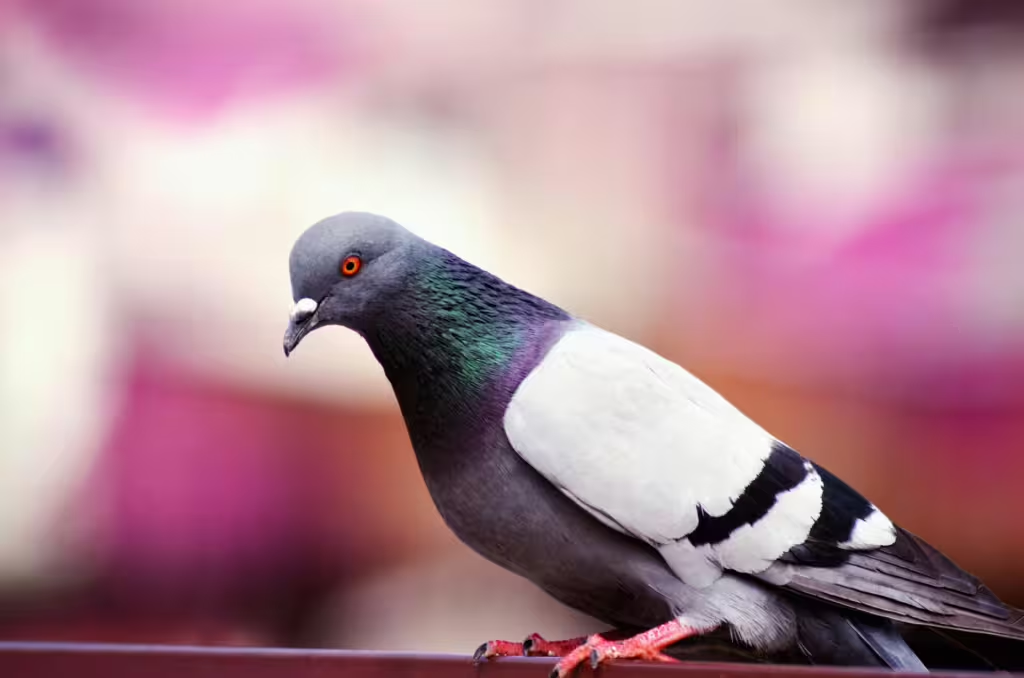
Urbanization and Its Impact on Bird Evolution
Urbanization—the expansion of cities and human settlements—has had a profound impact on many types of local wildlife, and birds have not been immune. Remember, urban environments are vastly different from the natural habitats these birds once called home. Immense, artificial structures, booming noise, constant light pollution, and a lack of green spaces make it hard for any animal to adapt. Thus, despite their relative adaptability, the birds that have found themselves living in cities have faced a number of challenges. Nevertheless, many of them have also found ways to evolve so that they can more easily cope with these new living conditions.
Adapting to Artificial Environments
One of the most remarkable examples of urban adaptation has to be the rock pigeon, which most readers will simply know as “the pigeon” or in less complimentary terms “rats with wings.” Historically these birds are a cliff-dwelling species, but the wake of modern urbanization has seen them quite successfully adapted to living in cities. The giant concrete structures are perfect facsimiles for the cliffs of their former homeland and pigeons will often construct their nests on building ledges and bridges.
‘We see pigeons everywhere, in nearly every modern city, bringing home the idea that these birds have fully learned to navigate urban environments. Pigeons forage for food in human trash and find shelter in man-made structures, they aren’t shy around humans and often seek them out to beg for food. They are so prevalent in cities that the very rise of urbanization has made the rock pigeon the most successful and widespread bird species on the planet.
Dealing with Noise Pollution
Noise pollution is actually a significant issue for birds that dwell in urban spaces. This is because many bird species rely on vocalizations for everything from communication to territory defense, and attracting mates. In noisy cities, these sounds are often drowned out by the constant hum of traffic, construction, and human activity. Some birds have managed to cope with this, however, having evolved in ways that actually modify their songs to be louder or higher-pitched. White-crowned sparrows live in noisy areas and have since adjusted their singing patterns so that they are more frequent. The prevailing theory is that other birds will follow suit, potentially creating a distinct “urban” song type, which could influence mating behaviors and the evolution of new species.
Pollution and Its Effects on Bird Evolution
Both air and water pollution is another major challenge facing our world and birds are particularly harmed by it. Whether from toxic chemicals in the environment that can seriously damage bird reproduction processes to plastic pollution that entraps them, birds are having to find ways to adapt to survive in some of the planets most polluted landscapes. While some adaptations have proven to be beneficial in the short term, others may have long-term negative effects on some bird populations.
Adapting to Pollution: Detoxification and Resistance
Believe it or not, as toxic as some chemicals might seem to small, fragile animals like birds, some bird species have managed to evolved the physical ability to cope with pollutants in their environment. These detoxification mechanisms enable birds to process and eliminate the toxins they ingest when feeding on contaminated insects or plants. One such example is the European starling, a bird that, through natural selection and living in a highly-polluted environment, been found to exhibit a higher tolerance to certain environmental toxins.
Plastic Pollution and Its Impact on Birds
Plastic pollution is yet another thorn in the sides of many bird species. We have all been treated to images of it in the news, commercials, and online; birds trapped in the plastic rings from soda cans or choked full of plastic bits and debris they mistakenly ate. To this day, the pervasive presence of plastic remains one of the most visible and troubling effects of human activity on the environment. Still, while this is a devastating issue to say the least, some bird species have started evolving to cope with the presence of plastic in their environments.
Certain seabird species, like the black-headed gull, for example, have been observed selectively avoiding plastic that mimics food sources. These birds know the difference between what is food and what is not and seem to have developed a heightened ability to distinguish between the two. The result is that fewer gulls end up accidentally succumbing to death. Nevertheless, evidence of this ability is not widespread throughout gull species. It is an early stage adaptation at best, and one that might not save birds or us before we are buried beneath our own plastic detritus.
The Future of Bird Evolution: Challenges and Conservation
The rapid pace of environmental change that the modern world presents is understandably putting immense pressure on bird species. While many have found ways to evolve quickly in order to survive, others have fallen to the dangerous conditions created by climate change, urbanization, and pollution. It doesn’t matter how adaptable a bird is, however, because the loss of habitat, food sources, and suitable breeding grounds can and has vastly impacted bird populations everywhere.
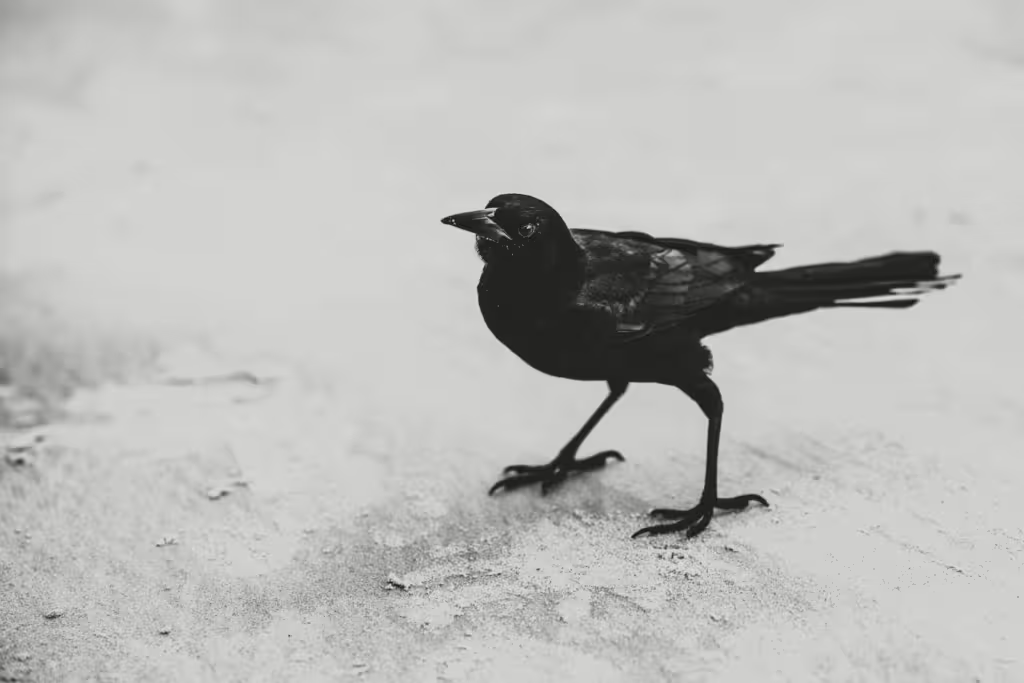
True Investigator Says…
As you can see, birds have proven to be even more amazing than we already believed them to be. These fanciful creatures are living examples of the power of evolution in action. Yet, as environmental pressures such as climate change, urbanization, and pollution continue to reshape the planet, only the birds with the power to adapt are able to take advantage of it. Whether by changing their body, behavior, or language, some birds have found ways to adapt to the ever-changing world.
Still, in understanding these evolutionary processes, we can also see that there is a real need for effective conservation methods that can help protect those unfortunate birds that have not been able to adapt. In the future, we are bound to see more birds change with the times, but it will still be up to us to defend the ecosystems they inhabit, and work to keep global homeostasis for those unfortunate animal neighbors that cannot keep pace via evolution.
Discover more from TrueInvestigator
Subscribe to get the latest posts sent to your email.
